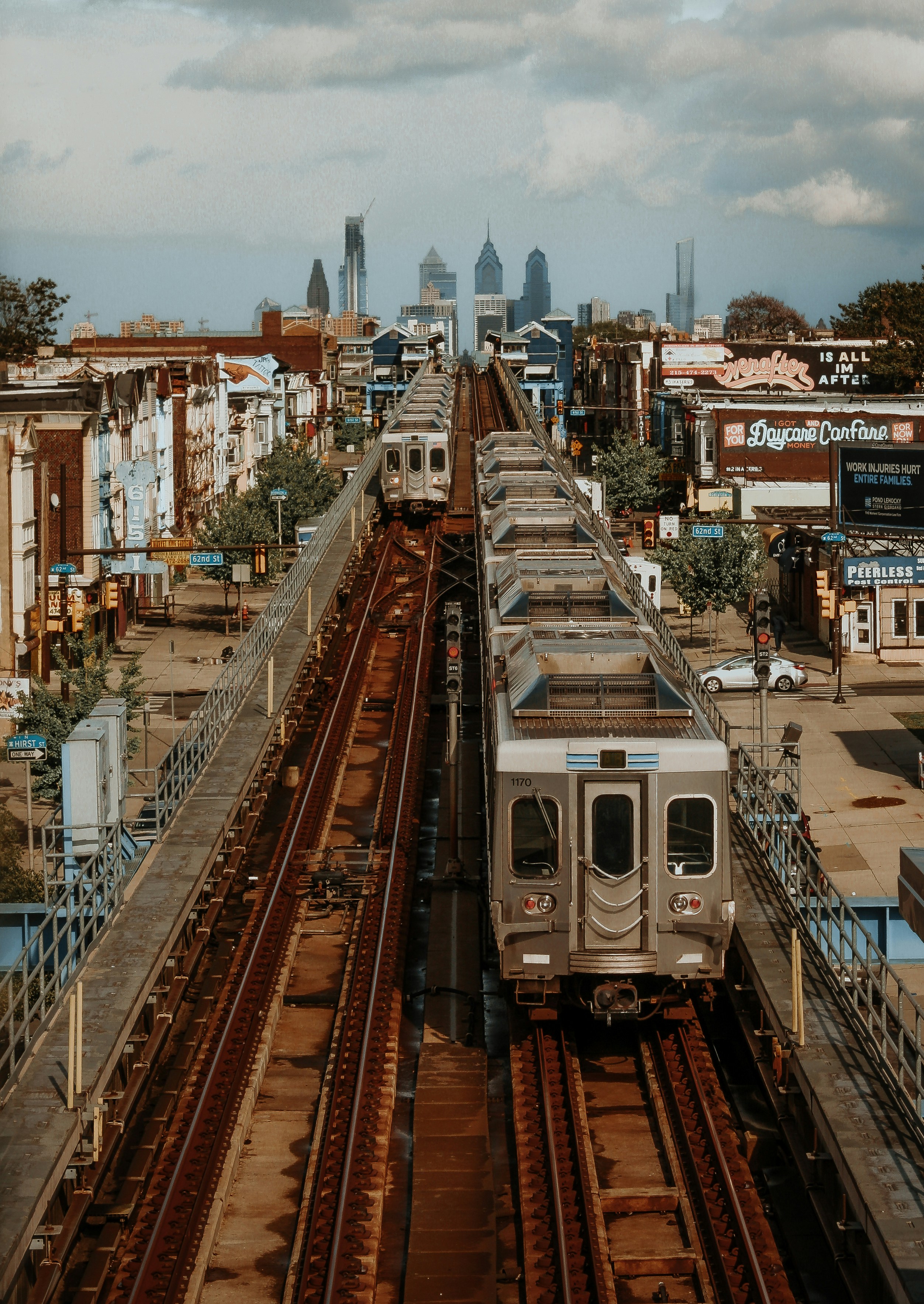“Notes From the Underground” by David Seltzer: A Book Review

Millions of people utilize public transport around the world, but how many truly understand how these subway systems work or can grasp the history of how these massive industrial structures were designed? With credit due to all the subway enthusiasts out there, notably David Seltzer, author of “Notes From the Underground: Travel Essays On World Subways,” ordinary people interested in learning more about subway designs, architecture, and maps can become more aware and informed riders. David Seltzer’s book offers an in depth insight into the underground rails and mazes that carry millions of riders each day all around the world. He delves into the cultural, historical, and social backgrounds of various subway systems, from New York to Beijing, Stockholm, Moscow, and many more.
David Seltzer, a native Philadelphian and historian who often provides insight for GPA on various projects, most notably being his role as a National Historic Landmarks researcher, worked for much of his life as a financial advisor and investment banker, taking advantage of New York and Philadelphia’s vast public transportations systems. His book serves as a guidebook to the subway systems around the world, rating them on scales of convenience, ease of use, quality of design, and personality. Through this “highly subjective rating system,” Seltzer delivers his own personal opinions on the conveniency of a system for its riders, how easy a system is for a tourist or newcomer, how appealing the architecture, artwork, and logo design is for riders, and how well a subway system represents the city it serves.
Take Mexico City’s subway, for example. Their logo and typeface, which was designed by Lance Wyman, integrates well into the atmosphere of Mexico City. Wyman designed Mexico City’s logo using the Zocalo for inspiration, the center city of Mexico City where Moctezuma’s palace once stood. Although a financial man by profession, David Seltzer brings a high attention to historical detail and interesting facts about the systems he discusses, demonstrating his astute admiration for these industrial trains.
It would be callous to write a book on some of the world’s subway systems without featuring a chapter for the Southeastern Pennsylvania Transportation Authority, or better known as SEPTA, despite its notoriety on various issues. Compared to the windy and crooked subway maps of New York, Paris, and Mexico City, Philadelphia’s systematic east-west and north-south urban planning allows for even the most directionally challenged individuals (such as myself) to easily use the subway. Urban planning of this kind is not for all, however, as Seltzer notes on a quote from Charles Dickens who said, “(Philadelphia) is a handsome city, but distractingly regular. After walking about it for an hour or two, I felt that I would have given the world for a crooked street.” Nevertheless, I find the distracting regularness of the city to be a refreshing escape from the usual crookedness of city living, but that’s just me. Pivoting back to subways, Seltzer cleverly covers the Philadelphia transportation system from the eye of a native in a fashionable and humorous manner, a notable characteristic which makes this book a must read.
I am almost envious of the sights David Seltzer has seen all over the world, but his vivid storytelling abilities make up for this, as he truly immerses you into the city he describes. As an avid watcher of an embarrassing amount of British TV, I was eager to read his chapter on London’s Underground, which, I’ve come to learn, is actually mostly above ground. If you were ever curious about the etymology of the names of London stations and tube stops, David Seltzer offers insight and recommendations for books that go into even more detail.
Upon hopping off the train at Sao Paulo after a momentous journey through the subways of London, Tokyo, Glasgow, and beyond, I was left with a newfound appreciation for subways that might just make me ditch my car altogether. Living in Philadelphia as a non-native, the subway has always been an intimidating feat for me and many others in a similar boat, but David Seltzer’s unique perspective and alluring descriptions of subway systems could allow even the most anxious riders to change their mindsets about riding the subway. His engagement with the reader and use of cultural commentary, personal anecdotes, and enticing photos make any reader want to hop on the next train just to witness for themselves all that Seltzer describes.

